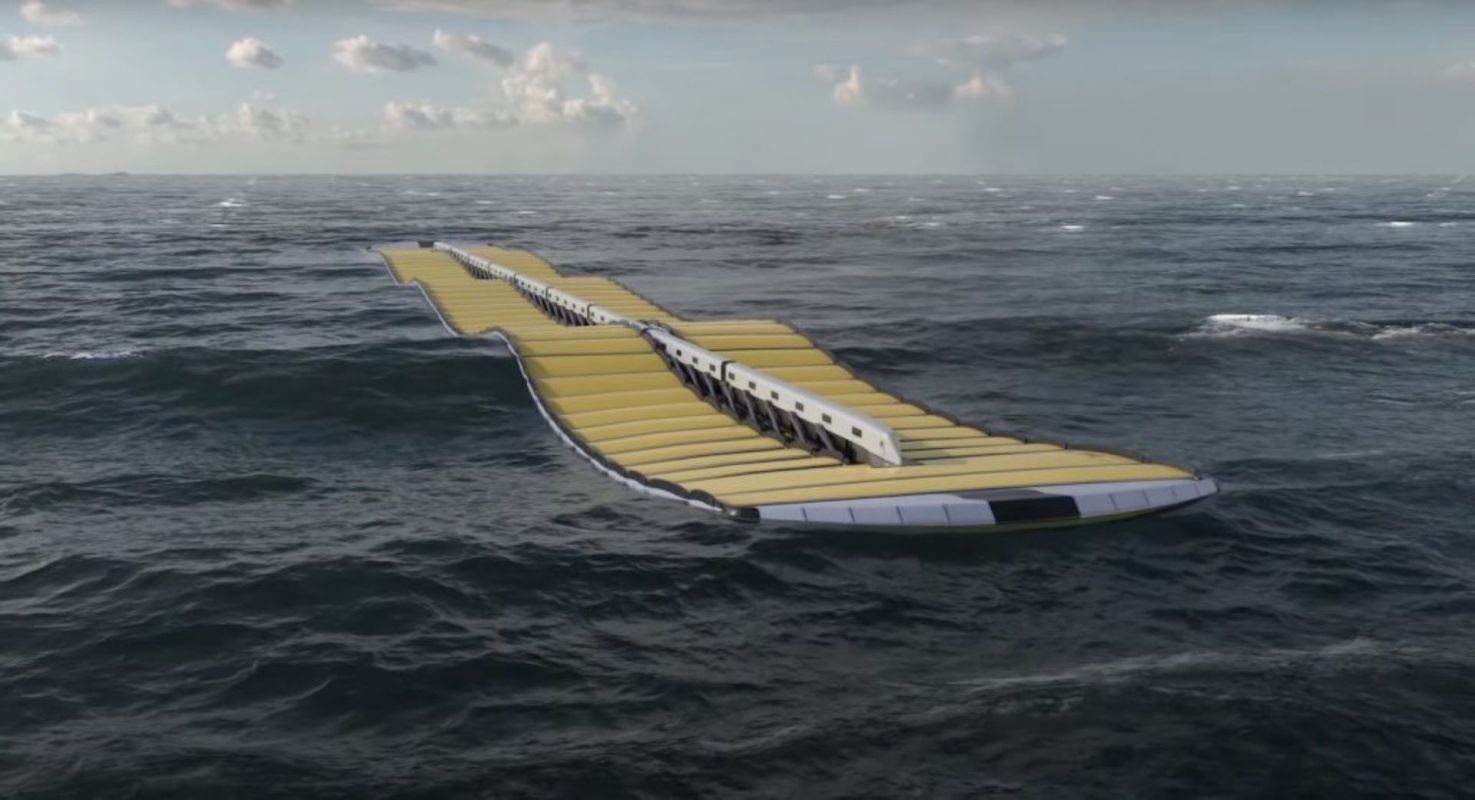An innovative form of wave energy may become another game changer in the world of renewable energies.
Alex Zakheos, co-CEO of Sea Wave Energy Limited (SWEL), said his company is not trying to become a competitor of other wave energy companies, nor does it aspire to compete with wind and solar.
"We're trying to compete with fossil fuels," he stated, as reported by CNET.
SWEL has been working on a special device called the Waveline Magnet for over 10 years. It resembles an enormous, elongated raft that floats on the surface of the ocean, taking in energy from each passing wave and using it to power human civilization.
The Waveline Magnet has four important parts: the spine, which keeps everything in place and provides support; the platform, which connects the Waveline Magnet to the water's surface; the levers, which connect the platform to the spine; and the pumps, which collect seawater, increase its pressure, and can be used for important tasks like making saltwater drinkable, creating hydrogen fuel, and most importantly, producing electricity.
The advancement of renewable energy is extremely important in the fight against air pollution and the gases that are warming our planet, the overwhelming majority of which are the result of human industrial activities.
Today, the areas with the most harmful planet-warming pollution are electricity production for industry and powering buildings, including homes.
The burning of coal, oil, and gas accounts for over 75% of the gases that warm the planet. Unfortunately, these dirty energy sources account for more than 80% of global energy production.
On a positive note, studies have shown that by 2030, cheap electricity from renewable sources could provide 65% of the world's total electricity.
Today, investment in renewables creates three times more jobs than in the coal, gas, and oil industries.
Wave energy appears to be another promising form of pollution-free renewable energy, especially considering how abundant waves are.
According to the National Renewable Energy Laboratory, ocean waves contain tremendous amounts of power. In the U.S., ocean energy carries the equivalent of almost 60% of the United States' annual electricity generation.
A group of researchers at the University of Plymouth have stated that "waves have the highest energy density of renewable energy sources, compared to others like wind, solar, biomass and geothermal. This means waves have the greatest potential to be an important contributor to the world's energy mix resilience," the World Economic Forum reported.
However, the International Energy Agency (IEA) said in its Ocean Power tracking report that "ocean power is not currently on track to play its part in helping the world reach carbon neutrality by 2050."
In order for that to happen, this kind of renewable energy needs to grow 33% each year between 2020 and 2030.
"Marine technologies hold great potential, but additional policy support for energy research, development and demonstration is needed," the IEA stated, according to the World Economic Forum.
Join our free newsletter for weekly updates on the coolest innovations improving our lives and saving our planet.









